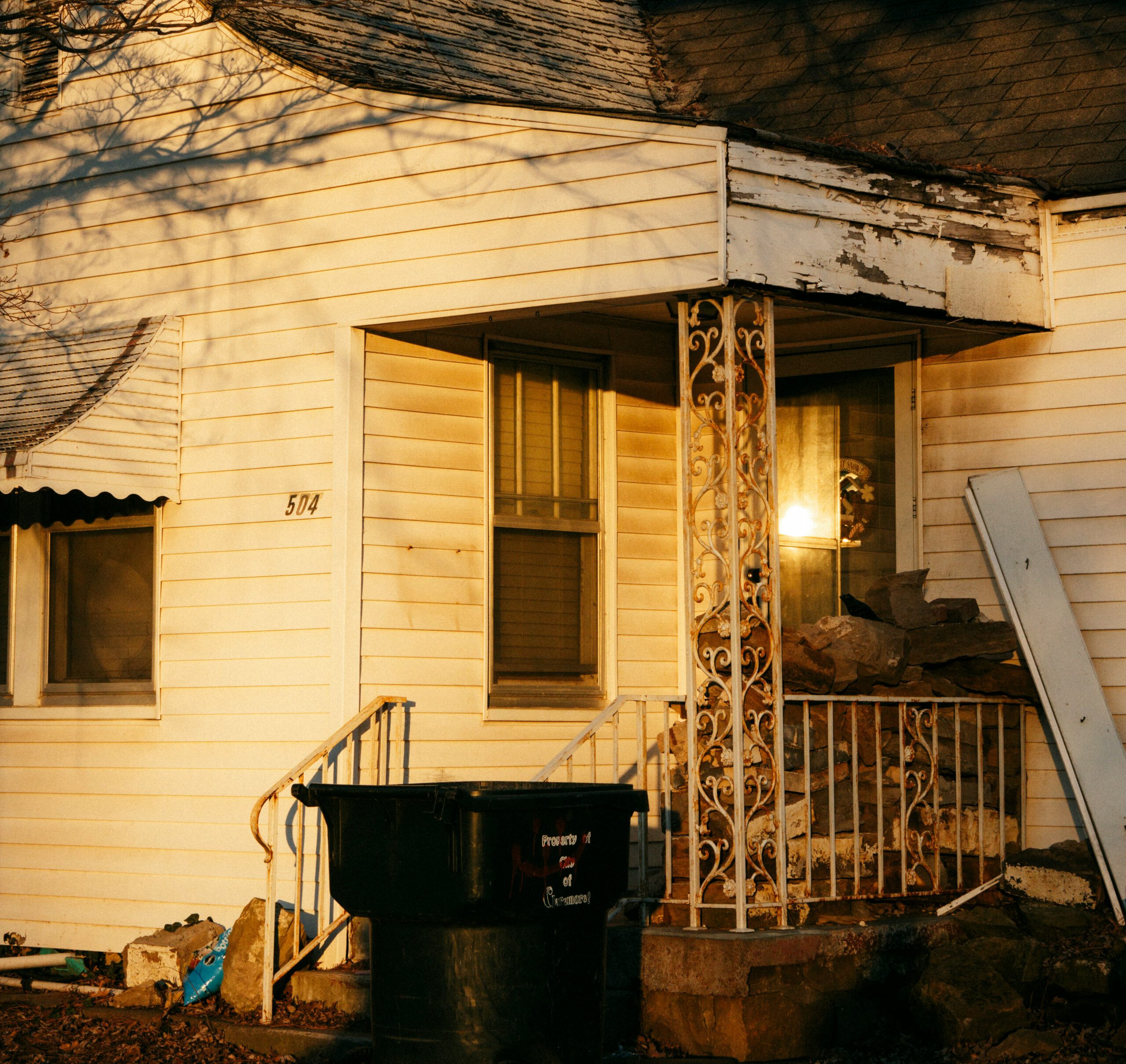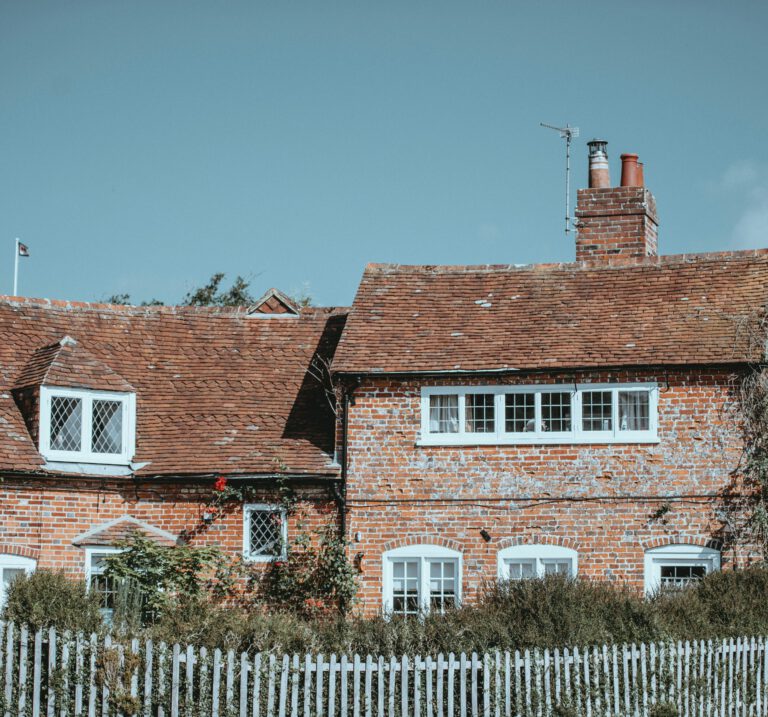I still remember the sinking feeling when I walked into my living room and saw water seeping from under the baseboards. A small roof leak during a heavy storm had gone unnoticed, and by the time I realized it, the damage was done. From warped flooring to stained walls, it was a costly lesson one I hope to help you avoid.
In this ultimate guide, I’ll walk you through everything I’ve learned about protecting your home from water damage: from common risks and warning signs to preventive steps and smart upgrades. Whether you’re a new homeowner or a seasoned DIYer, you’ll find actionable tips to safeguard your home and save yourself a lot of stress (and money).
Why Water Damage Is a Big Deal
Water damage isn’t just a cosmetic issue. It can compromise the structural integrity of your home, encourage mold growth, and even lead to health problems.
Here’s why you should take it seriously:
- Expensive Repairs: Even minor water damage can cost thousands to fix.
- Mold and Mildew: These can spread quickly, causing respiratory issues.
- Foundation Damage: Long-term leaks can weaken the foundation.
- Insurance Headaches: Some types of water damage might not be covered, depending on your policy.
Common Causes of Water Damage
Let’s break down the usual suspects:
Leaky Roofs
This was my personal nightmare. Missing shingles, clogged gutters, or aging flashing can all lead to roof leaks. After my experience, I now inspect the roof twice a year spring and fall and after any major storm.
Clogged or Broken Gutters
If your gutters can’t channel water away, it can pool around your foundation or seep into walls. I once ignored a clogged downspout and ended up with a basement leak after a heavy rain.
Faulty Plumbing
Old pipes, loose connections, or worn-out seals can lead to slow drips or major bursts. Check under sinks, behind toilets, and around appliances regularly.
Poor Drainage
If your yard slopes toward the house, or if your foundation isn’t properly sealed, rainwater can collect near the base of your home and cause basement flooding.
Appliances and HVAC
Washing machines, water heaters, dishwashers — all have hoses and connections that can fail over time. I now replace my washer hoses every 5 years, just to be safe.
How to Spot Early Warning Signs
The sooner you catch a problem, the cheaper it usually is to fix. Here’s what to watch for:
- Water Stains on Ceilings or Walls
- Peeling Paint or Bubbling Wallpaper
- Musty Smells, Especially in Basements
- Warped Floors or Soft Spots
- Unexplained Increase in Water Bills
If you notice any of these, investigate immediately.
Step-by-Step: How to Protect Your Home
Step 1: Inspect and Maintain Your Roof
- Check shingles for damage or wear.
- Make sure flashing is intact around chimneys and vents.
- Clear leaves and debris from gutters.
- After storms, look for missing shingles or signs of leaks in the attic.
Step 2: Test Your Sump Pump
If you have a basement sump pump, pour a bucket of water into the pit and make sure it turns on and pumps out water efficiently. I do this every spring before the rainy season.
Step 3: Seal Windows and Doors
Inspect caulking around windows and weatherstripping on doors. Replace any cracked or missing seals to prevent water seepage.
Step 4: Grade Your Yard
Ensure your yard slopes away from the foundation. If needed, bring in extra soil to build up low spots near the house.
Step 5: Check Plumbing and Appliances
- Inspect under sinks and behind toilets for leaks.
- Look at water supply lines to appliances.
- Replace old or brittle hoses.
- Consider installing water leak detectors under major appliances.
Step 6: Install Gutter Guards
These help keep leaves and debris out of your gutters, reducing the risk of clogs and overflows. This is especially helpful if you live in an area with lots of trees like I do.
Step 7: Review Your Insurance
Make sure you understand what your homeowner’s insurance covers. In some cases, you may need additional flood insurance, especially if you live in a flood-prone area.
Real-Life Examples
My Friend’s Burst Pipe Disaster
A friend of mine went away on vacation and came home to find a burst pipe had flooded half the house. A simple shut-off valve or smart water sensor could have saved him tens of thousands. Now, I make it a habit to shut off the main water valve when I leave for long trips.
The Gutter That Saved My Basement
After my clogged gutter episode, I installed a gutter guard system. The difference was immediate — no more overflowing gutters, and my basement has stayed dry even during the worst storms.
Smart Upgrades Worth Considering
If you’re ready to invest a bit more:
- Smart Leak Detectors: These can alert you via your phone if they sense water where it shouldn’t be.
- Water Shut-Off Valves: Some systems can automatically turn off the water supply if a major leak is detected.
- Backup Sump Pump: Consider a battery or water-powered backup in case of a power outage.
Water damage can feel overwhelming, but with regular maintenance, smart upgrades, and a watchful eye, you can drastically reduce your risk. From my own hard-earned lessons, I encourage you to walk around your home today and look for small problems before they turn into big ones. Trust me a little prevention goes a long way.




